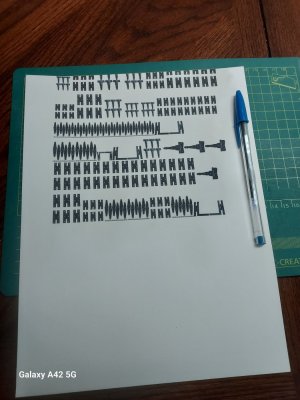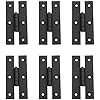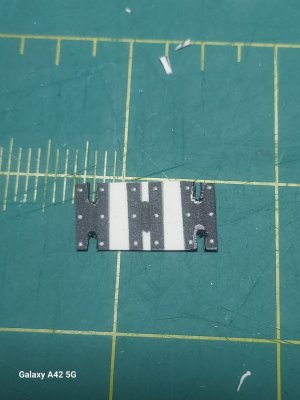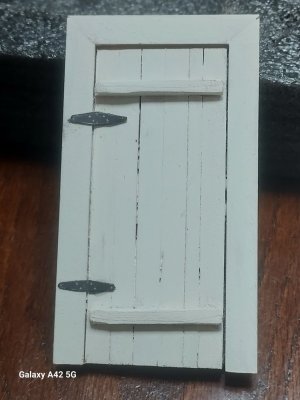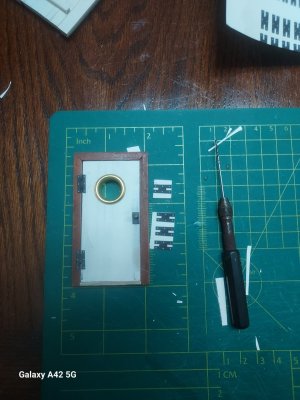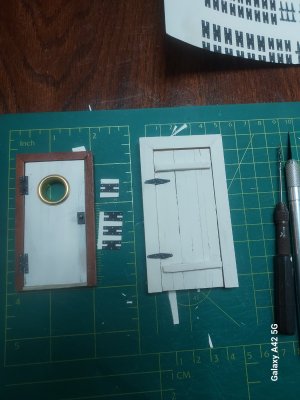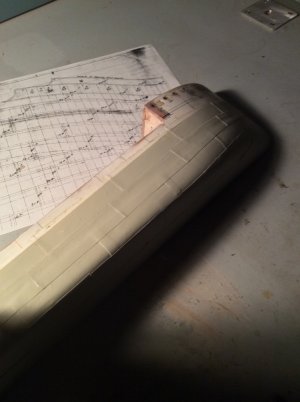Yes, indeed! Paper works well for things like straps, hinges, mast bands, and so forth.
With respect to mast bands, these can be applied to the mast, cutting the strip where it overlays the other end and cutting across both ends where they overlap, yielding a perfectly fitting joint. I then coat the paper with some thinned clear shellac to promote longevity and adhesion. (When the shellac soaks into the paper and then dries, the result is a laminated paper matrix, not unlike old fashioned electrically insulated circuit board.) A bit of paint can be applied to fill any visible joint.
With respect to mast bands applied in this fashion, holes can be drilled through the shellacked paper band and eyebolts, or wire bent in a "U" to simulate a welded eye, and cemented in the holes to depict bands with welded eyebolts or with horizontal rings to hold belaying pins. Because the metal eyebolts or wire are mechanically fastened into the wood of the spar and put no strain on the paper rings, tensioned rigging can be belayed to them without fear of the paper tearing.
I have also used paper to simulate overlapping metal sheathing, as on coppered bottoms and lapped plates on iron ships, as well as window frames, mullions, and muntins.
When applying paper sheets to curved surfaces, wetting the paper before applying can ensure a molded fit.
Before using any paper for modeling purposes, consideration should be given to its scale thickness. Paper which is too thick can spoil the effect.
It is important to use acid-free paper for its archival quality. If necessary, paper can be painted before application if an otherwise unavailable color is desired. Inexpensive nonarchival craft store colored paper may not have the lasting ability of acid-free paper and is often prone to fading over time.




